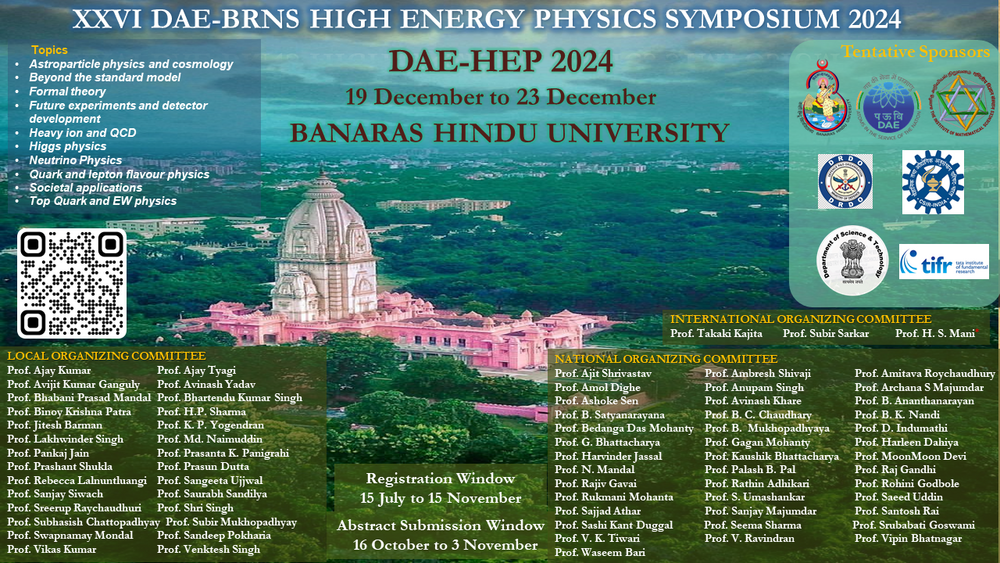Speaker
Description
The study of azimuthal anisotropy in heavy-ion collisions provides critical insights into the properties of the medium created in such interactions. We use the Parton-Hadron-Quantum-Molecular-Dynamics (PHQMD) model to study the azimuthal anisotropy of particle generation in the context of the FAIR CBM experiment. This approach enables us to analyze the collision dynamics across a broad range of energies relevant to the CBM framework. We present a detailed comparison of the azimuthal anisotropy coefficients as a function of transverse momentum and centrality, highlighting the dependence on energy and the multiplicity of produced particles. The PHQMD model’s capabilities for simulating the evolution of the system from the initial state to particle freeze-out allow us to explore the interplay between thermalization and transport properties. Our findings are compared to current experimental data and and theoretical predictions, providing deeper insights into the collective behavior of the medium. This approach not only improves our understanding of the QCD phase diagram, but also provides the framework for future CBM experiments.This work opens new avenues for studying the emergent phenomena in heavy-ion collisions, with implications for the understanding of the quark-gluon plasma and related phases of matter.

